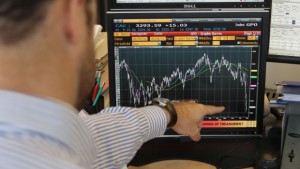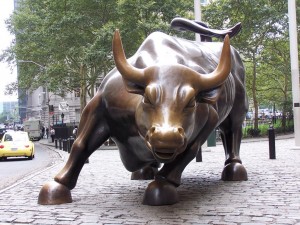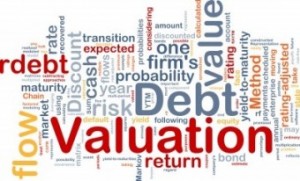BusinessWeek Writes: China Needs 7.2% GDP Growth for Jobs, Says Premier
Thanks to the Workers’ Daily, we now know a little bit more about how Chinese economic growth translates into jobs creation—or at least how top Chinese officials view that crucial equation.
Speaking at a national congress for China’s official trade union two weeks ago, Premier Li Keqiang said that China needs economic growth of at least 7.2 percent in order to ensure adequate employment, the Beijing-based newspaper reported on Nov 4. “The reason why we want to stabilize growth, in the final analysis, is to preserve jobs,” Li said at the union meeting on Oct. 21.
Li also pointed out how important the rest of the world remains for ensuring adequate employment in China. All told, China has some 30 million workers who are directly dependent on China’s export industries, and an additional 100 million serving in supporting industries, Li said. “If exports fall rapidly, it will create an employment problem,” he said.
Read The Rest Of The Article Here
China is going to be an exciting case to watch and study over the next couple of years. It is no doubt understandable that Chinese officials want fast economic growth rate, but we don’t always get what we want. Particularly, considering my forecast for the US Economy and its financial markets.
At least at this stage, I do not believe that 7.2% economic growth is feasible for China over the long run. Not even close. The problems stems from the fact that about 25-50% (some claim much more) of Chinese economic growth over the last decade came from capital misallocation and pointless infrastructure projects. Also known as, empty cities, rail networks, roads to nowhere, etc…. That is one of the reasons Chinese banks are sitting on a time bomb called bad loans that thus far they have been able to ignore. The problem for China is, there isn’t that much more infrastructure or capital misallocation work left to do and bad loans increasingly becoming a huge problem. As such, I believe China has no room left for 7.2% economic growth.
Add to that an upcoming global recession (based on my work), subsequent export slowdown and China finds itself sitting on a powder keg of economic trouble. What happens if all of the issues above come home to roost at the same time and instead of 7.2% economic growth China ends up with 2-3% or god forbid even goes negative. With massive unemployment and certain public unrest it would be fascinating to see how China comes through. Will its communist government be able to survive or will Chinas pain be so great that a new political system will be established.
That is why it will be so exciting to watch China over the next few years.
Did you enjoy this article? If so, please share our blog with your friends as we try to get traction. Gratitude!!!










